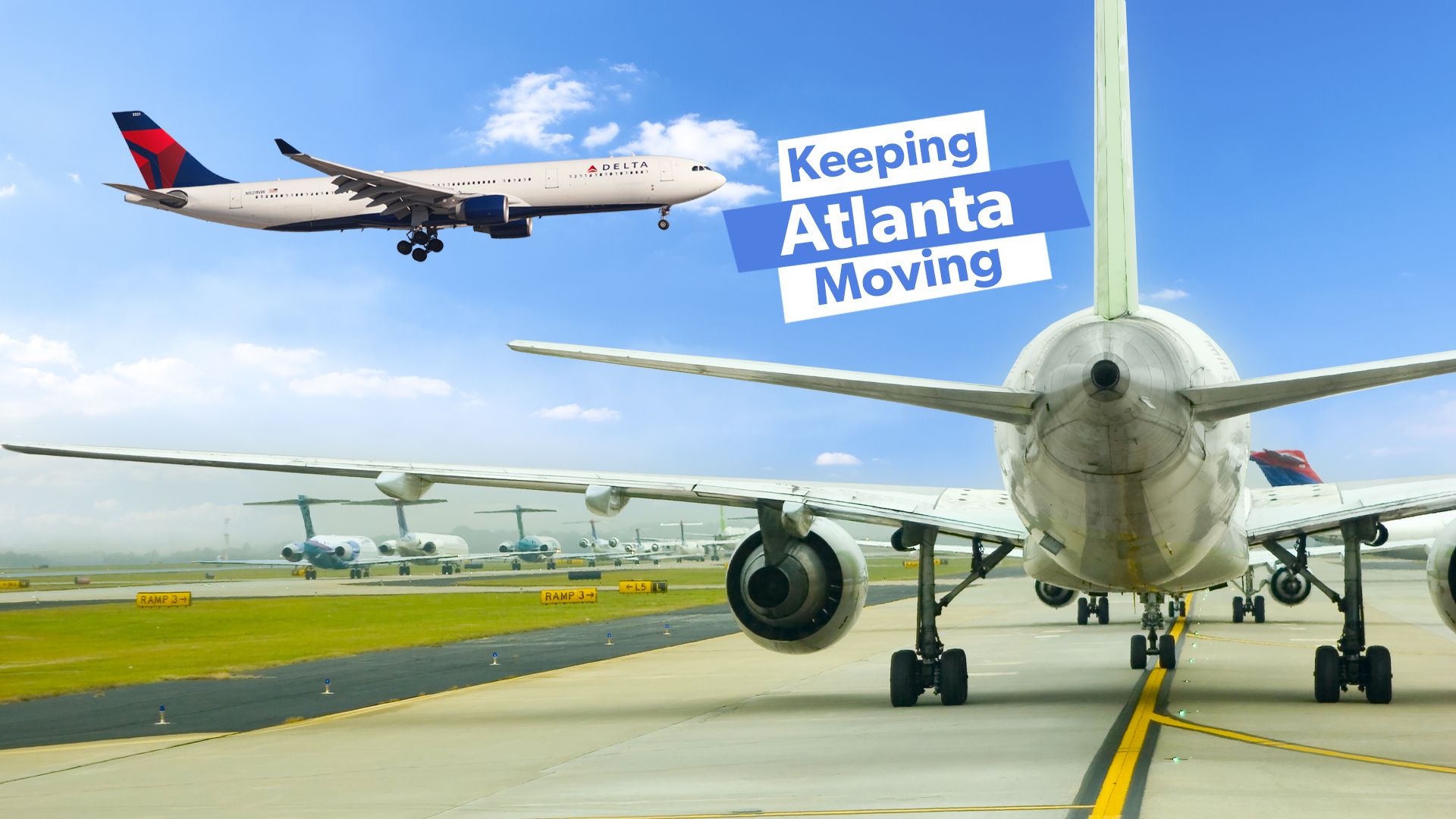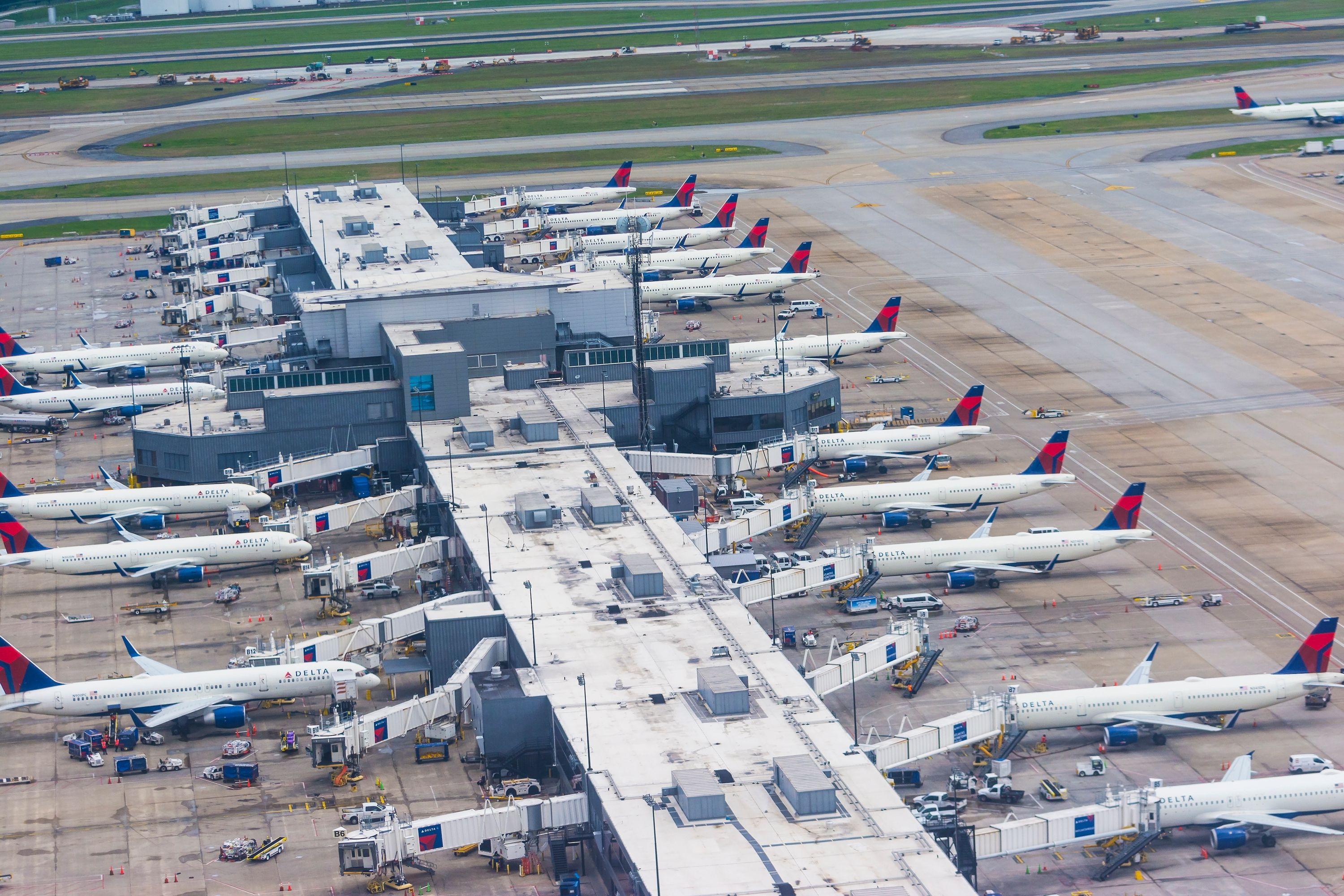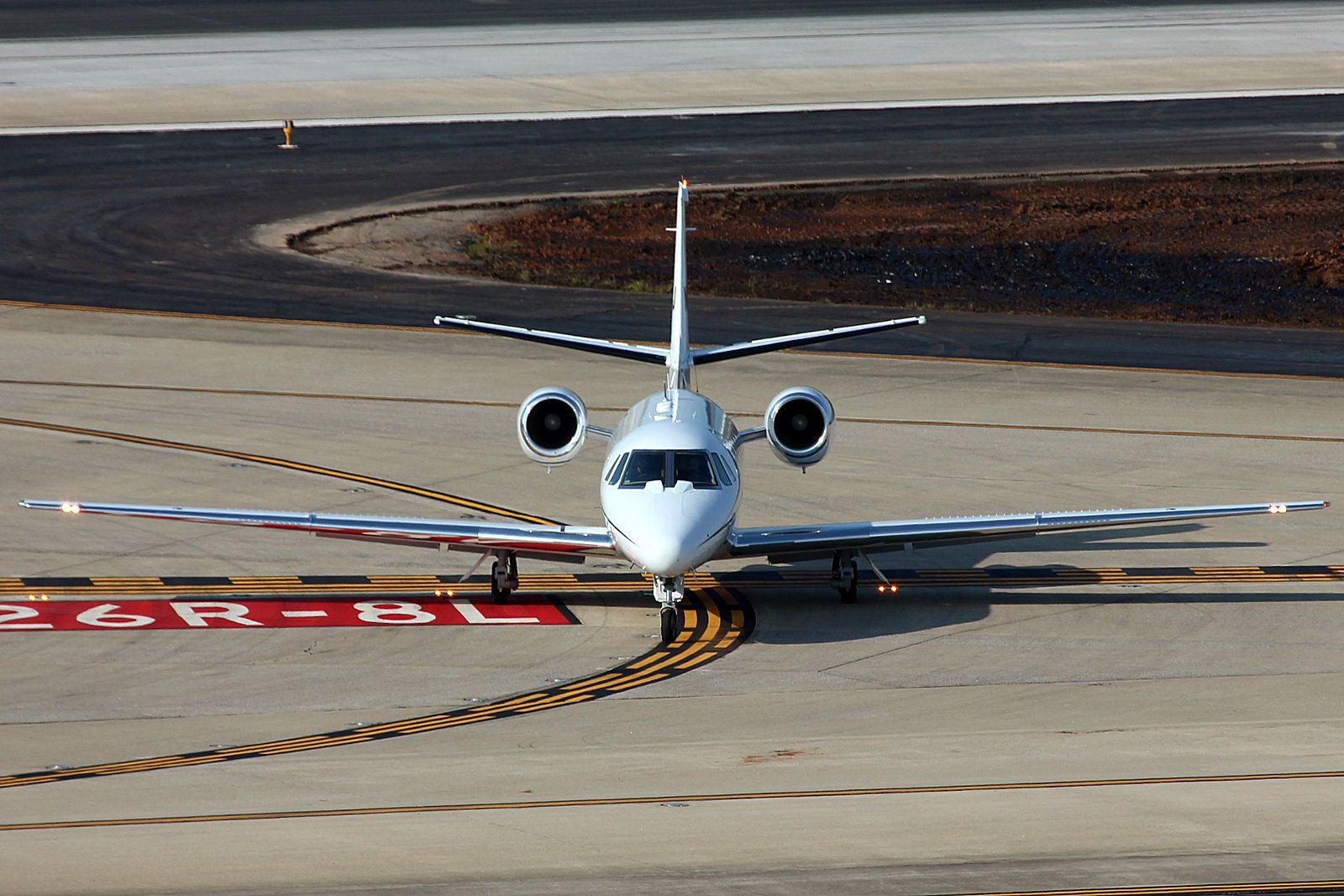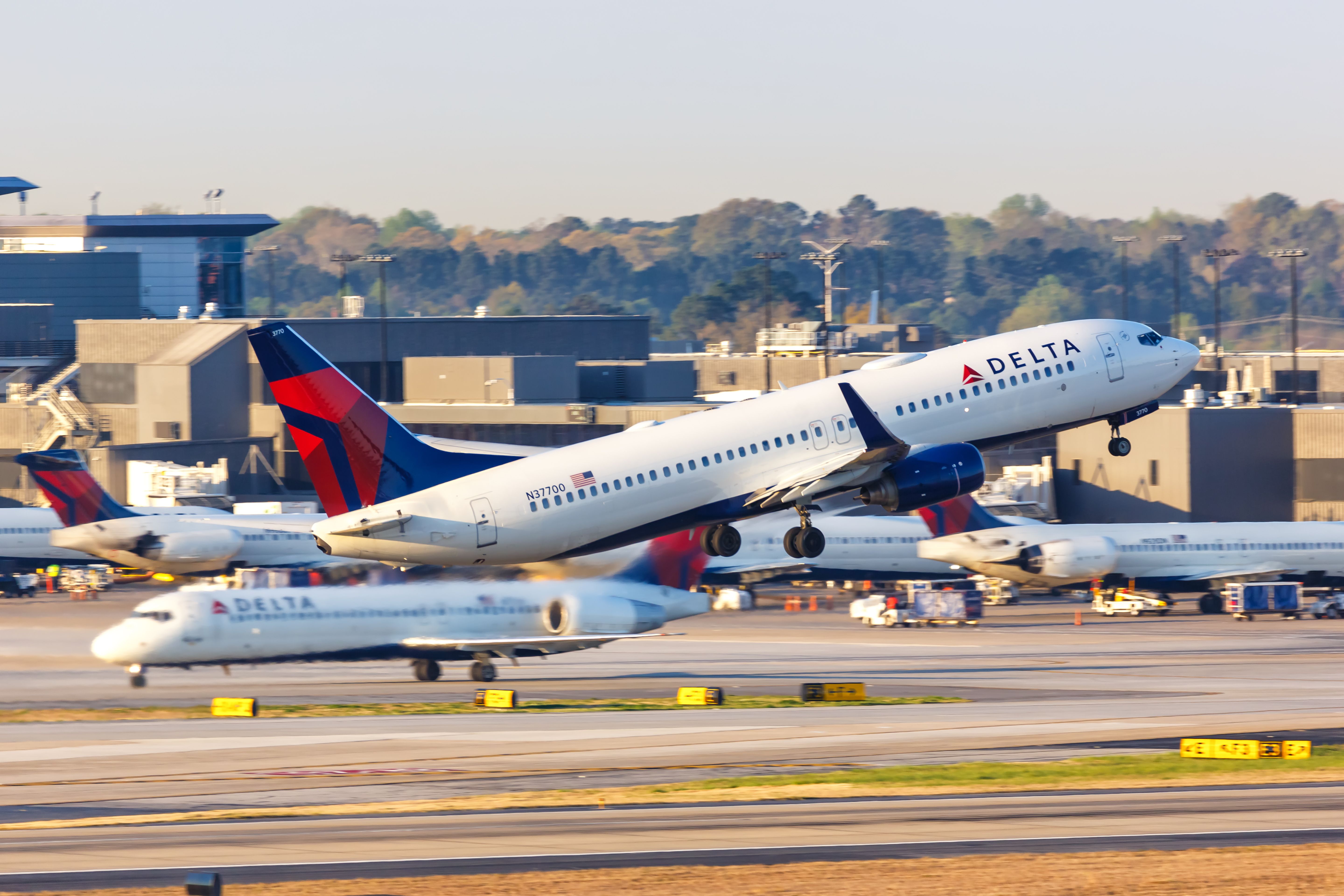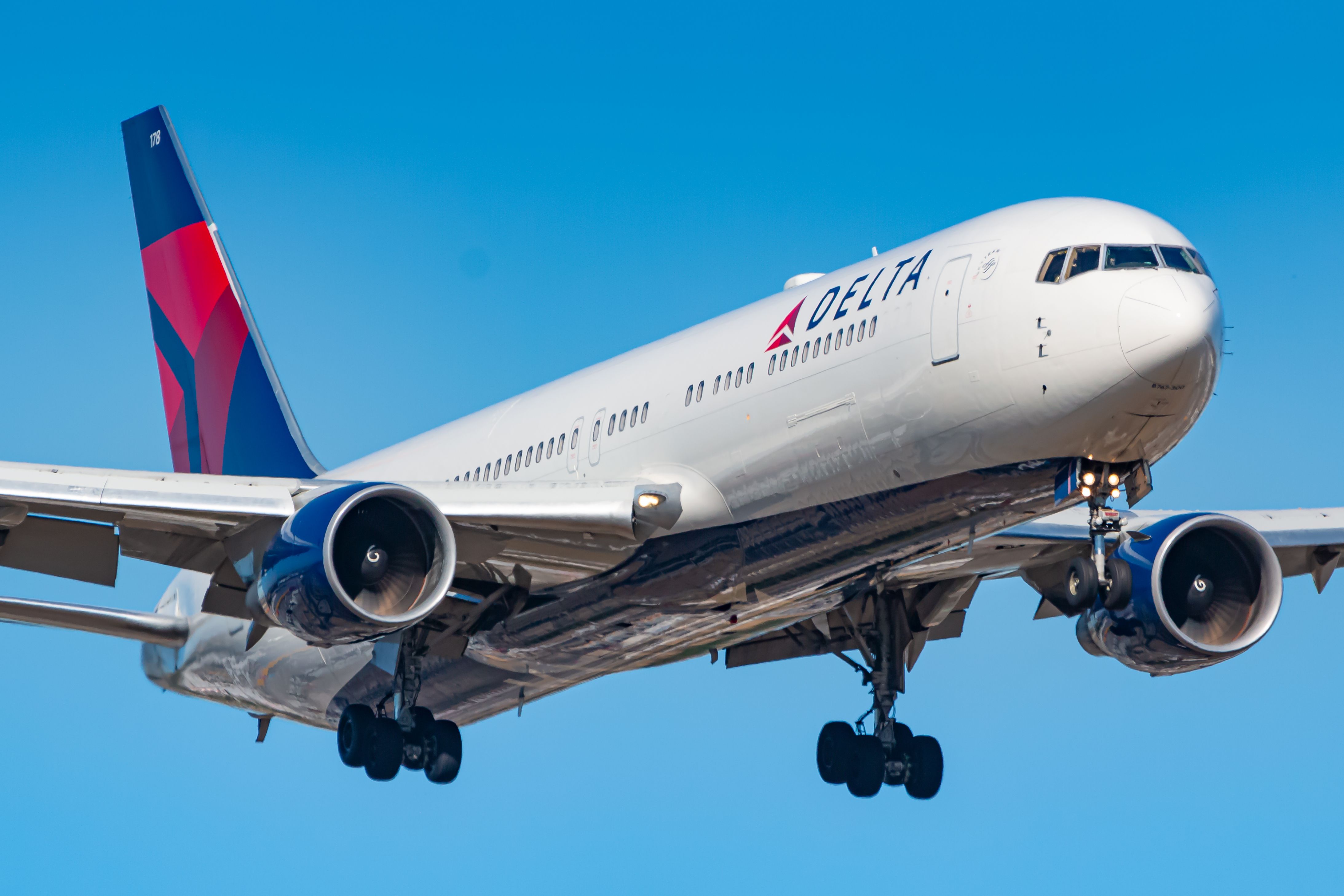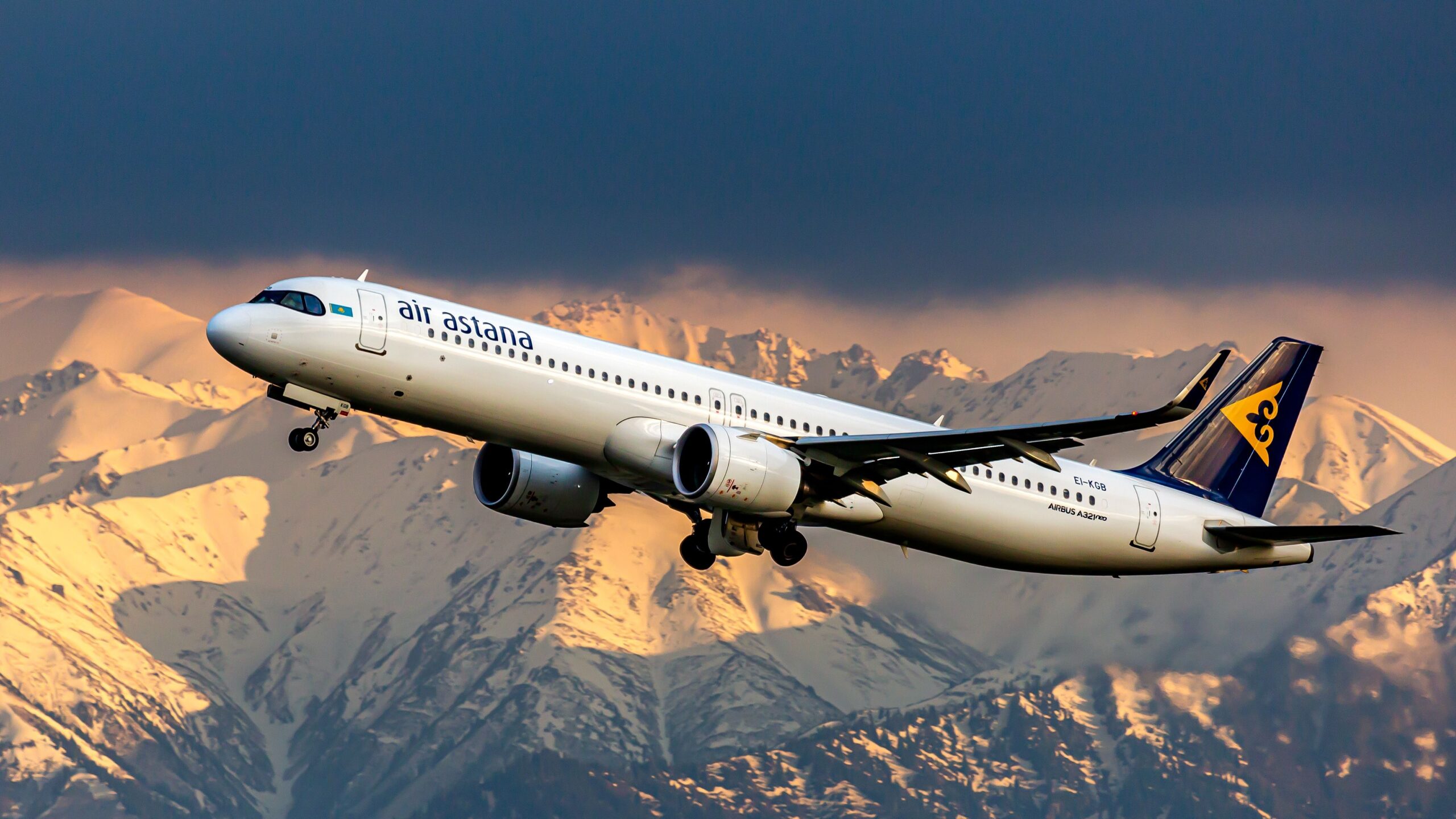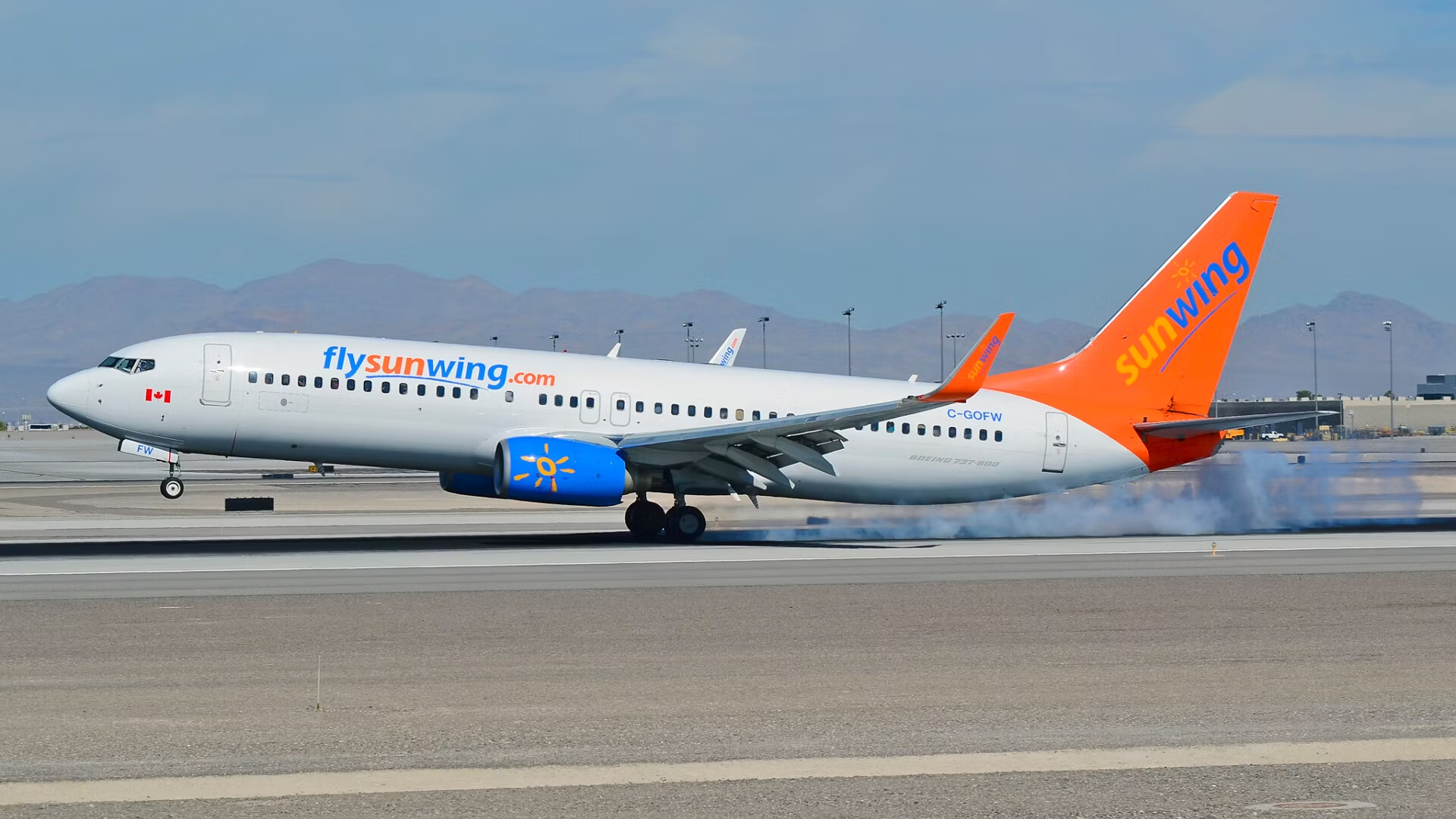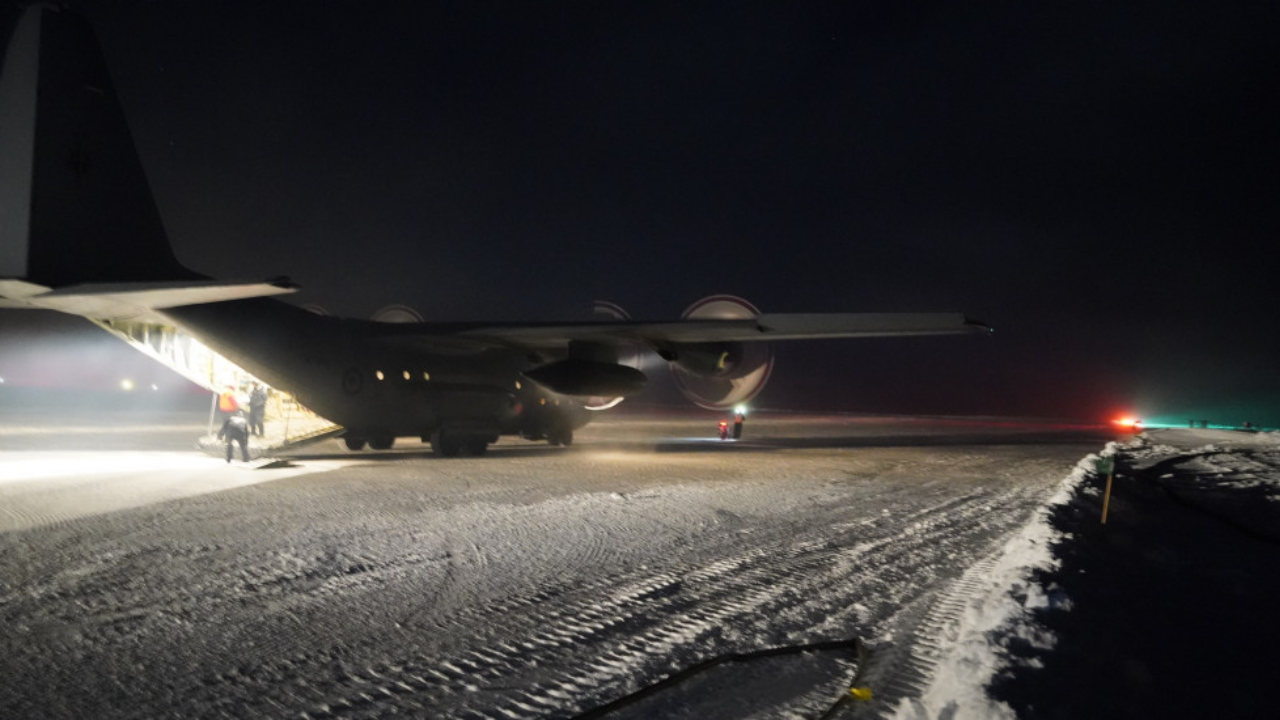Summary
- Taxiway Victor at ATL eases congestion, reducing delays & enhancing safety for over 104 million passengers.
- The end-around taxiway reduces turnaround times, fuel burn, & operational delays, saving airlines $26-$30 million/year.
- ATL’s Taxiway Victor serves as a model for other airports, inspiring similar projects at DFW.
Hartsfield-Jackson Atlanta International Airport (ATL) is the busiest airport in the world. Last year, the airport processed more than 104 million passengers, eclipsing the second and third-busiest airports – Dubai International Airport (DXB) saw 84 million passengers, while Dallas Fort Worth International Airport (DFW) welcomed 82 million.
Photo: Mikhalis Makarov | Shutterstock
With so much traffic, it is crucial that the airport’s runways and taxiways are well-organized and efficient to keep everything moving smoothly. One critical component in achieving this is the airport’s Taxiway Victor.
Traffic on the taxiway
The usual procedure at Atlanta Airport is to use runway 8L/26R for arrivals and 8R/26L for departures. Of the five runways at the airport, these two north runways are the most extensively used as they serve flights that take off and land towards the west – which occurs around 70% of the time.
Prior to Taxiway Victor, up to 700 aircraft per day would have to wait in line for clearance to taxi across to the other active runway to get to the gates. Not only did this frustrate passengers who were eager to get off the plane, but it also increased fuel burn and led to operational delays for airlines and their ground teams.
Thus came the idea of building a taxiway that would solve this issue: a $42-million, three-quarter-mile strip of pavement known as Taxiway Victor. According to AviationPros, the project was expected to save precious time for passengers, as well as trim $26 to $30 million off airline fuel costs each year.
The Loop
Taxiway Victor – or The Loop, as pilots call it – is an end-around taxiway that runs around the runway safety area below the departure surfaces. It is a vital component of the airport’s taxiway system and plays a critical role in ensuring that planes can move around the airport efficiently.
Photo: Markus Mainka | Shutterstock
One of the main advantages of Taxiway Victor is that it reduces taxi time for aircraft. The taxiway is located between the north and south runways, and it provides a shortcut for planes that have landed on the north runway and need to taxi to the south side of the airport. Instead of holding short of runway 8R/26L, aircraft arriving on 8L/26R are now able to proceed directly to the terminal area.
Another benefit of Taxiway Victor is that it helps to reduce congestion on the airport’s other taxiways. By providing an alternate bypass route for planes, it allows airlines to achieve quicker turnaround times, avoiding delays on subsequent flights. And it goes without saying that safety, too, is enhanced, with fewer possibilities of collisions on the ground.
Leading the (taxi)way
Taxiway Victor is a crucial component of Hartsfield-Jackson Atlanta International Airport’s taxiway system. While a significant investment for the airport (half financed by the Federal Aviation Administration (FAA) and the remainder by passenger fees), the construction of this end-around taxiway makes a valuable addition to the airport’s infrastructure. In fact, the taxiway has been so successful that it has become a model for other airports looking to improve their taxiway systems.
Photo: Lukas Wunderlich | Shutterstock
Following the official opening of Taxiway Victor in 2007, Dallas Fort Worth International Airport (DFW) opened its southeast side end-around taxiway in 2008. A second on the northeast side opened in 2022, and a third is to be completed by 2025.
Hartsfield-Jackson Atlanta International Airport went on to unveil its latest end-around taxiway, Taxiway Whiskey, in November 2022 – becoming the second US airport to have two such taxiways.
As the world’s busiest airport, Hartsfield-Jackson Atlanta International Airport is certainly a prime candidate to make good use of such end-around taxiways. Over the years, the airport has completed a number of other infrastructure projects designed to improve its operational performance and passenger experience, with its Concourse D widening project currently underway and on schedule.
The busiest airport in the world
Which airlines operate at Hartsfield-Jackson Atlanta International Airport, and therefore make regular use of Taxiway Victor? Given that the airport acts as one of the carrier’s major hubs, Delta Air Lines is, unsurprisingly, by far the largest airline, with a market share of over 72% last year. The airport also serves as a focus city for Southwest Airlines, Spirit Airlines, and Frontier Airlines.
Domestically, the airport is connected to the vast majority of the US by both full-service and low-cost carriers. The most popular domestic routes last year were:
- Orlando (MCO) – 1,468,000 passengers
- Fort Lauderdale (FLL) – 1,291,000 passengers
- New York LaGuardia (LGA) – 1,150,000 passengers
- Miami (MIA) – 1,045,000 passengers
- Tampa (TPA) – 1,038,000 passengers.
Meanwhile, when it comes to international services, several European flag carriers fly into Hartsfield-Jackson Atlanta International Airport, and Delta Air Lines also serves a growing number of transatlantic destinations, particularly in the summer months. Last year, the busiest international routes were:
- Cancún (CUN) – 759,000 passengers
- Amsterdam (AMS) – 739,000 passengers
- Paris (CDG) – 721,000 passengers
- London Heathrow (LHR) – 486,000 passengers
- Mexico City (MEX) – 419,000 passengers.

